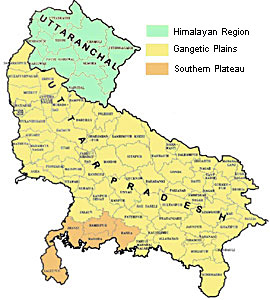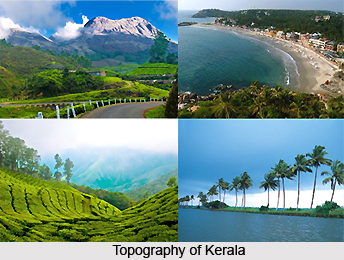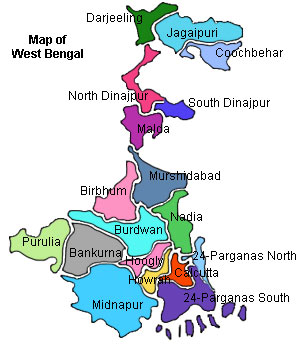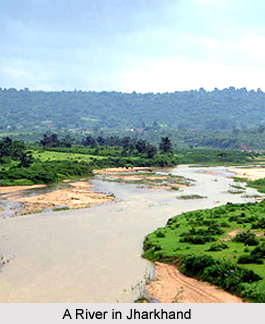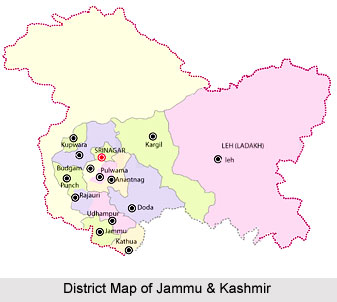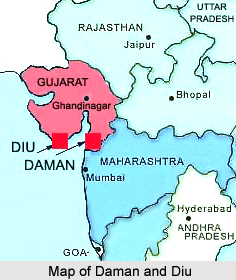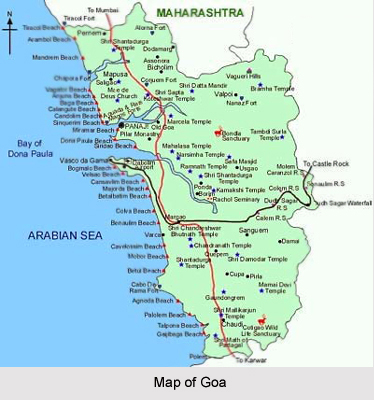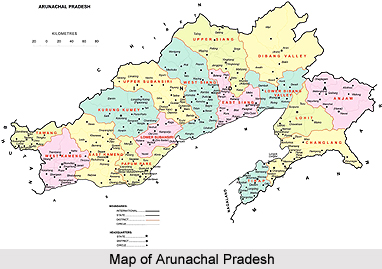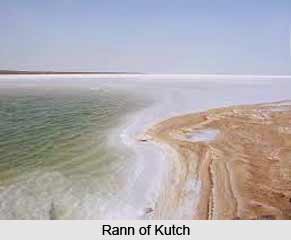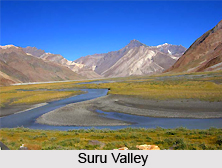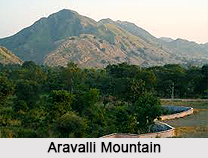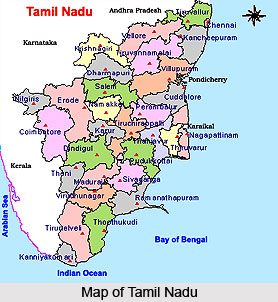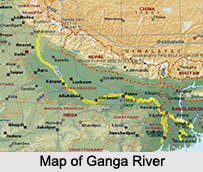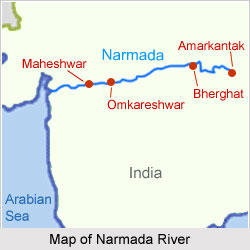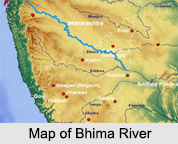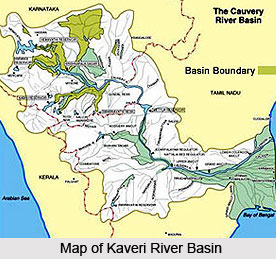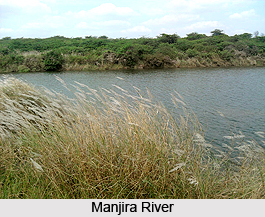 Manjira River is a major tributary of Godavari River and a significant river in the Indian state of Andhra Pradesh. The Manjira River is also spelled as "Manjra". Valdi River is a tributary of Manjira River. The river passes through the states of Maharashtra, Karnataka and Telangana. It originates in the Balaghat range of hills near Ahmednagar district at an altitude of 823 metres (2,700 ft).
Manjira River is a major tributary of Godavari River and a significant river in the Indian state of Andhra Pradesh. The Manjira River is also spelled as "Manjra". Valdi River is a tributary of Manjira River. The river passes through the states of Maharashtra, Karnataka and Telangana. It originates in the Balaghat range of hills near Ahmednagar district at an altitude of 823 metres (2,700 ft).
Course of Manjira River
Manjira River flows through Latur District of Maharashtra and Bidar District of Karnataka before entering Medak District in Telangana. It flows for about 96 km in Medak District through Narayankhed, Jahirabad, Sangareddy and Narsapur Talukas. Ultimately, it drains into Godavari River at Basara near Nizamabad. The Manjira River has a total catchment area of 30,844 sqkm.
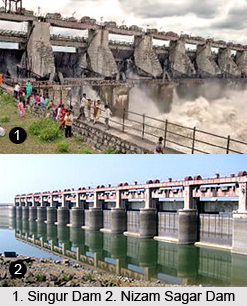 Dams on Manjira River
Dams on Manjira River
Nizam Sagar Dam was constructed across the Manjira River between Achampet and Banjapalle villages of the Nizamabad district in Andhra Pradesh. The most exceptional feature of the project is the huge stonework dam sprawling across the river for an extensive length of 3 km with a motorable road of 14 feet breadth. Nizam Sagar dam was constructed in 1923 by the rulers of the erstwhile Hyderabad State, Mir Osman Ali Khan. It was made by emptying over 40 villages.
Singur Reservoir is another water storage project of the state which is situated on Manjira River in Medak District. It is a continuous drinking water source in Hyderabad.
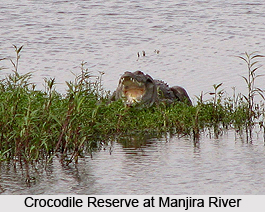 The Manjira River serves as the main drinking water source for the Medak district as well as the adjacent twin cities of Hyderabad and Secunderabad.
The Manjira River serves as the main drinking water source for the Medak district as well as the adjacent twin cities of Hyderabad and Secunderabad.
Manjira Wildlife Bird Sanctuary
The Manjira Wildlife Bird Sanctuary is very famous from all over sanctuaries and it is located in Sangareddy that is near Manjira River and the Sangareddy is the district headquarters of Medak that is located in Andhra Pradesh. Settled between Manjira and Singur flood, the sanctuary spreads a territory of 20 sqkm. This Wildlife sanctuary has been shaped by 9 modest islands like Bapangadda, Puttigadda, Karnamgadda as well as Sangamadda. Various creatures are available here such as reptiles of different categories like Marsh Crocodiles as well as Muggers.
